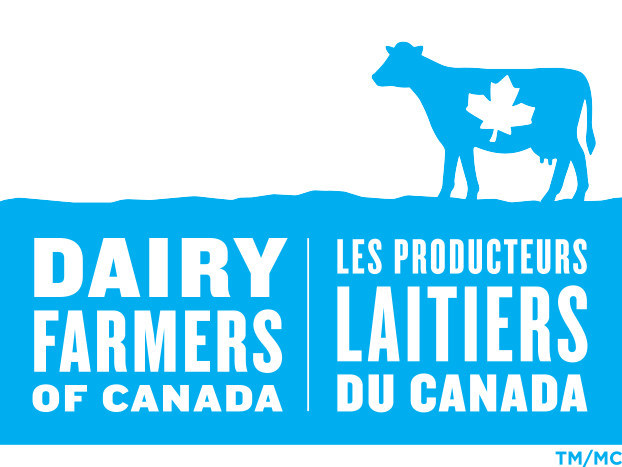Providing Opportunities for Dairy Cattle Movement in All Types of Housing Systems
Complete

Project Overview
Increased movement opportunity through less restrictive indoor housing and/or outdoor access has a number of benefits to dairy cow health, behaviour, performance, and welfare. The objective of this project was to provide best management practices for creating exercise opportunities for dairy cows in tie stall and free stall housing systems.
What Did the Research Team Do?
Researchers at McGill University have recently begun exploring the effects of exercise in dairy cattle. The research team investigated the impact of different modalities of exercise access on the locomotion, welfare, and activity of tie-stall cows and on their environmental footprint. Six studies conducted between 2019 and 2021 at the Centre de recherche en sciences animales de Deschambault (CRSAD) and at McGill University dairy barn evaluated the effect of providing exercise, such as access to an outdoor exercise yard, to tie-stall cows and compared this to tie-stall cows with no exercise provision. The data collected included information on the number of steps per day recorded with a pedometer and assessment of behaviour using either live observations or video recordings. The quality of filtering materials and leachates, as well as gaseous emissions, from the various exercise areas were also assessed.
What Did the Research Team Find?
- 1h of daily exercise has a major impact on the number of steps taken by cows in tie-stalls, by doubling the number of daily steps taken.
- The number of steps taken by cows was also affected by the other design aspects that were tested: cows took more steps in outdoor than in indoor exercise areas, and in larger compared to smaller areas.
- There was a further increase in the number of steps with 2h of exercise access compared to 1h, but to a lesser extent than when comparing 1h to no access at all.
- Beyond increasing the number of steps, providing exercise opportunities to cattle allows them to express a greater range of natural behaviors including social interactions and exploration behaviours. Eliminative behaviours did not differ between cows that had access to exercise and cows that did not. The rate of eliminations was greater in the middle and towards the end of the outdoor access period.
- Panting behaviours did not increase when cows were provided with outdoor access in mild THI (Temperature-Humidity Index) conditions.
- Providing cows with an outdoor access reduced their fear reactions towards novelty and suddenness, and improved their relationship with humans, thereby facilitating routine handling.
- The type of interactions by handlers during the outing process had a significant impact on the cows’ motivation to access the exercise area. Too many interventions limiting the cows’ movement resulted in decreased motivation over time, frustration, and reduced the improvement in the human-animal relationship.
- Cows appeared more motivated to access an outdoor exercise area than an indoor one.
- The overall gait score of non-lame cows provided with 1h/day of outdoor access for 5 weeks improved by 1 point on a 5-point scale. A similar rate of improvement was observed in three attributes of gait.
- Providing access to a stand-off pad (SOP) outdoor exercise area, consisting of biofiltering material over an impermeable liner with drainage pipes discharging into a manure tank, did not lead to deterioration in the cows' gait, nor did it result in an increase in hoof lesions.
- A SOP, aerated or not by barn exhaust air, reduces leachate contaminants, without however meeting the regulatory discharge standards for effluent from a Quebec treatment facility (25 mg/L) for five-day biochemical oxygen demand and suspended solids. To achieve this, various parameters (combination of filter materials, layer thickness and bed aeration) had to be optimized.
- The treatment capacities of five product combinations (gravel, woodchips, biochar, sphagnum peat moss and sand) were measured in the laboratory over a three-week period during contamination tests with synthetic slurry. Sand and biochar reduced turbidity and phosphates. However, the sand treatment was clogged by the third week of experimentation. Sphagnum moss performed well in terms of chemical oxygen demand and total nitrogen.
- A comparison of the filtration potential of different thicknesses (10, 20, 30 or 40 cm) of a mixture composed of sphagnum moss (70%), wood chips (20%) and biochar (10%) with a control (30 cm of chips) showed that the treatment capacity of the combination was superior and improved as thickness increased. However, the benefits for 40 cm were minimal compared with 30 cm.
- In controlled-environment chambers, 12 tubes (0.3 m in diameter and 1 m in height), with or without aeration system, filled with 35 cm of gravel and loaded with 50 cm of conventional (woodchips) or alternative (identified mixture) filter materials treated semi-synthetic slurry for four weeks. The alternative combination improved suspended solids, chemical oxygen demand and E. coli capture in both cold and warm conditions. Aeration had no effect on any of the contaminants.
- An SOP proved a promising alternative to a conventional wintering area for providing exercise, while limiting the risk of surface water contamination and greenhouse gases. However, the excavation, aeration and drainage systems and geomembrane increase its construction cost ($514/m2) compared with the tested wintering enclosure ($303/m2). Research is still needed on the lifespan of the mix identified and on the possibility of covering the SOP to limit the quantities of water to be managed.
- Finding opportunities to increase movement has important benefits on dairy cattle health, welfare, and performance. Our research has provided insights on the design and implementation of exercise access and partial outdoor access for tie-stall dairy cows.
**Scroll down for project communication outputs**
Principal Investigators
Elsa Vasseur
McGill University
Stéphane Godbout
Research and Development Institute for the Agri-environment
Co-Investigators
Sébastien Fournel
Université Laval
Marianne Villettaz Robichaud
Université de Montréal
Yan Martel Kennes
Deschambault Animal Science Research Centre
Pierre Ruel
Deschambault Animal Science Research Centre
Key Words
- Sustainable, Outdoor Access, Exercise, Movement
Period: 2018-2023
Budget: $542,525
Last Updated: February 06, 2024
Note: As per the research agreement, aside from providing financial support, the funders have no decision-making role in the conduct of the studies, data collection, and analysis or interpretation of the data. Researchers are independent in conducting their studies, own their data, and report the outcomes regardless of the results. The decision to publish the results rests entirely with the researchers.
PROJECT COMMUNICATION OUTPUTS
ANIMATED VIDEO
Exercise Access and Affective States in Dairy Cows
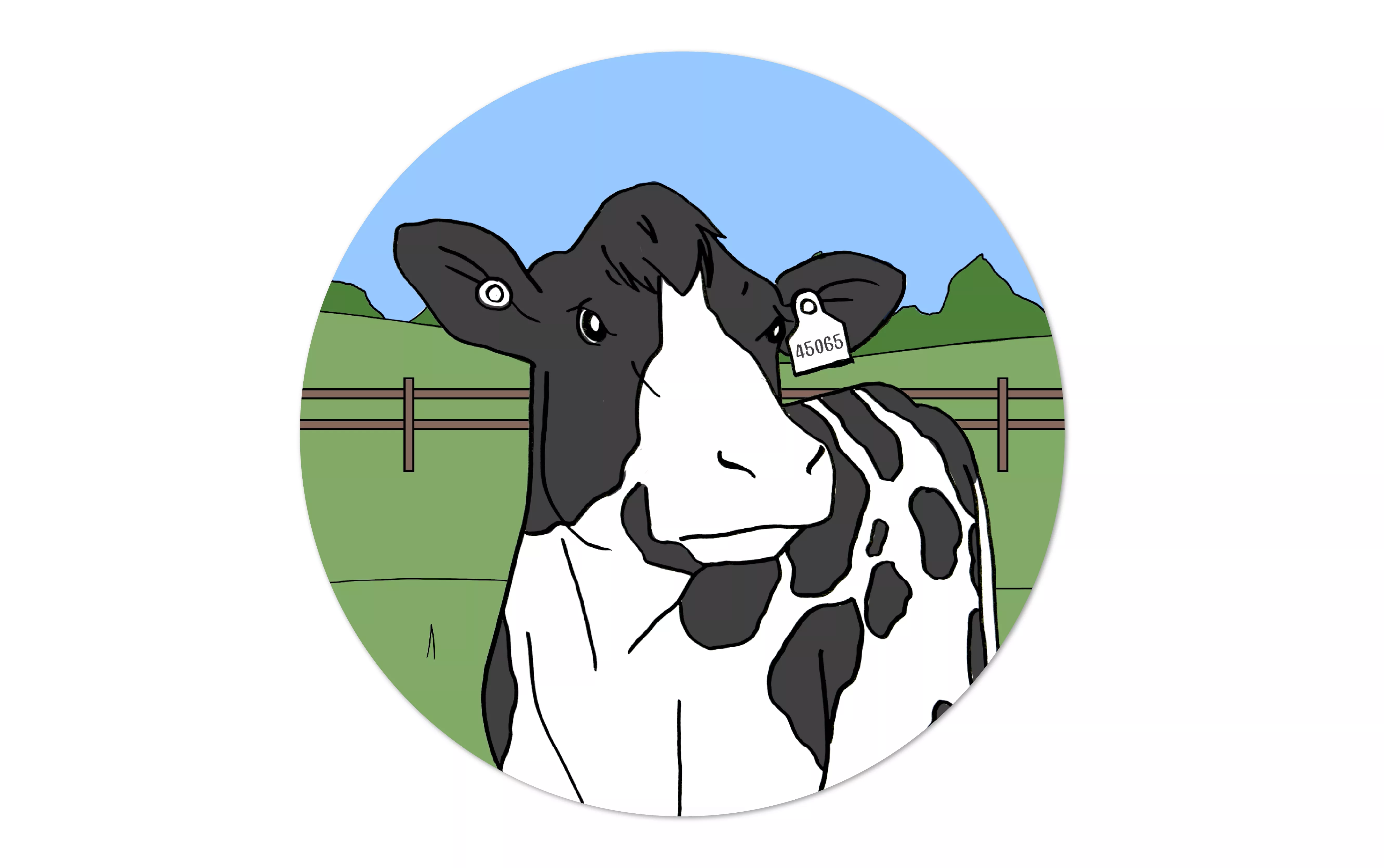
WEBINARS
Housing, Movement, and Engineering for Dairy Cow Welfare

New biofiltered outdoor exercise area for dairy cattle by Sébastien Fournel (in French only)
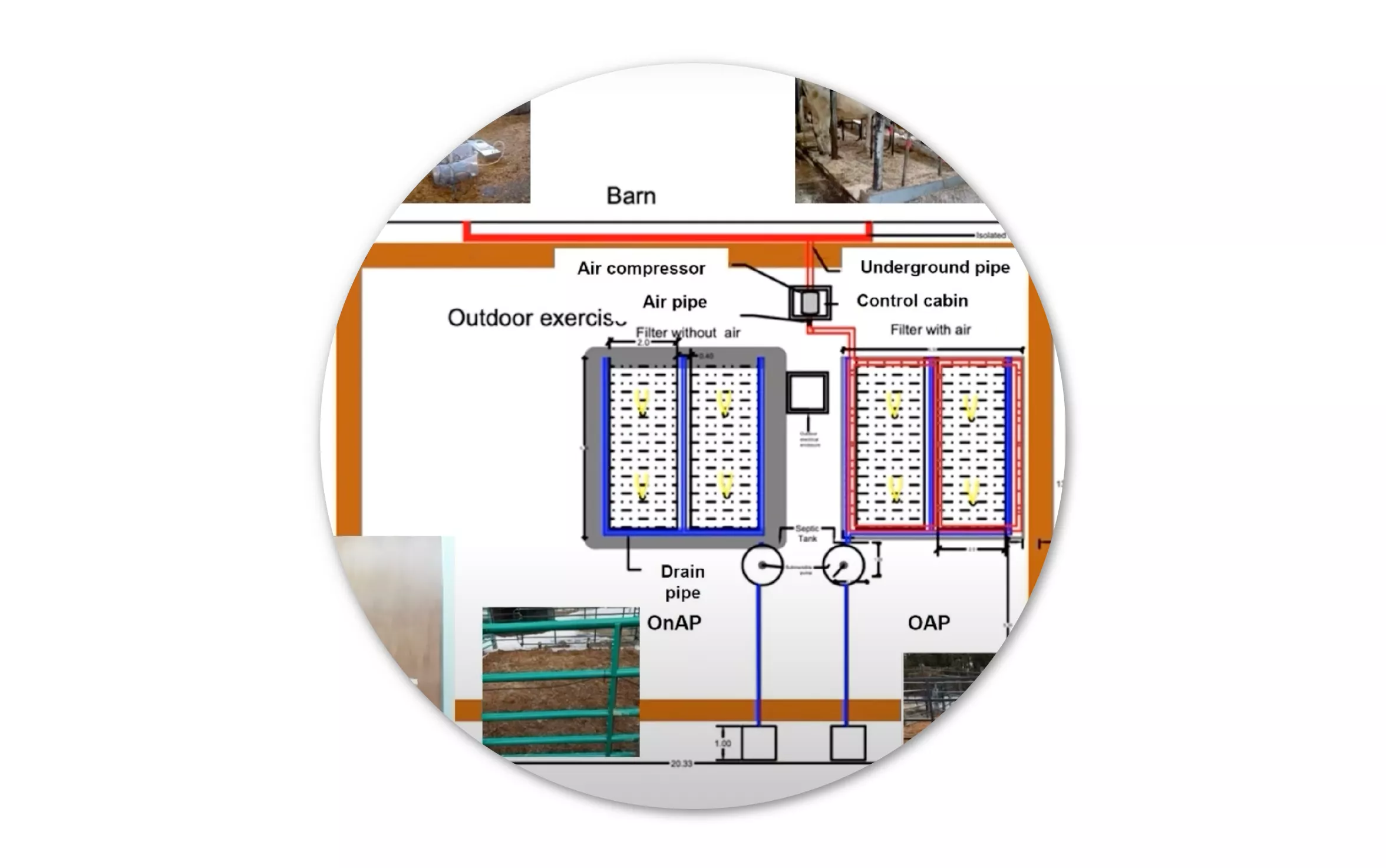
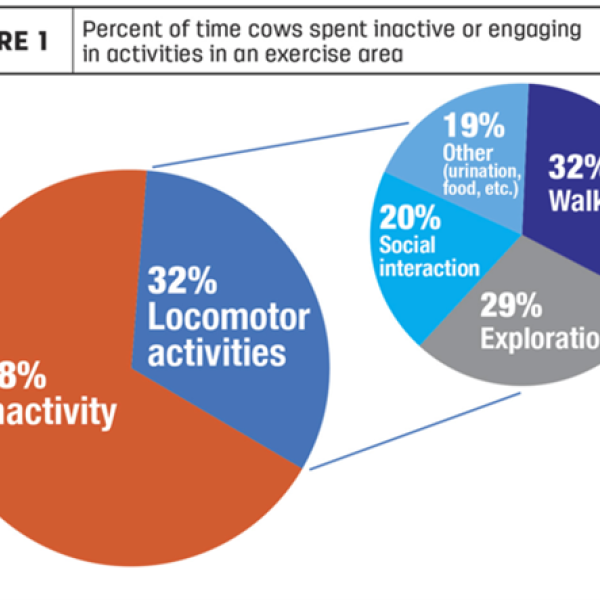
TRADE PUBLICATION
READ MORE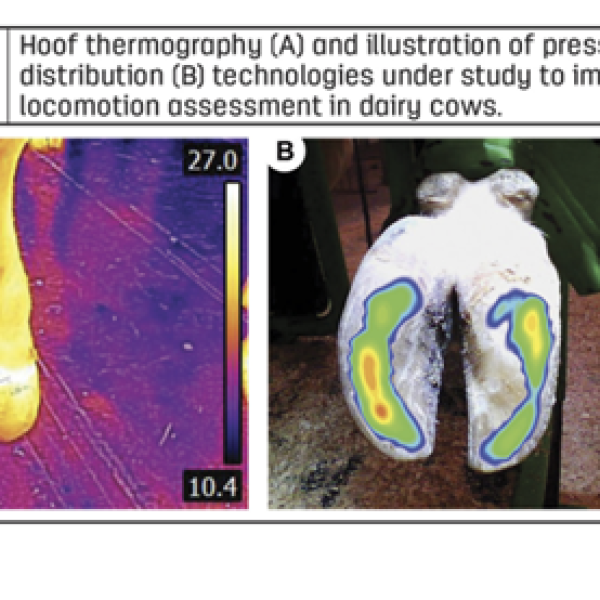
TRADE PUBLICATION
READ MORE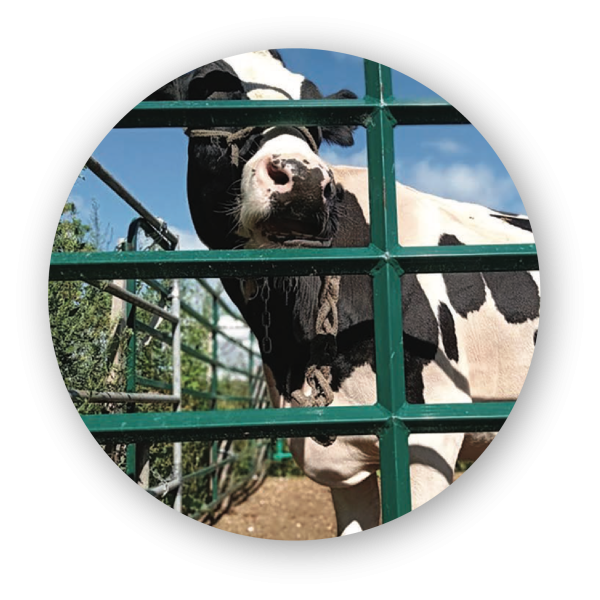
TRADE PUBLICATION
READ MOREPROJECT PUBLICATIONS
- Ruiz-González, A., Álvarez-Chávez, E., Carranza-Díaz, A.K., Dupont-Fortin, B., Palacios, J.H., Godbout, S., Fournel, S. 2024. Providing indoor and outdoor exercise to dairy cows : Assessment of effluent properties and gas emissions. Biosystems Engineering 238: 157-174. https://doi.org/10.1016/j.biosystemseng.2024.01.011
- Aigueperse, N., Boyer, V., Vasseur, E. 2023. How outing conditions relate to the motivation of movement-restricted cattle to access and outdoor exercise yard. Behavioural Processes 213: 104957. https://doi.org/10.1016/j.beproc.2023.104957
- Álvarez-Chávez, E., Godbout, S., Généreux, M., Côté, C., Rousseau, A.N., Fournel, S. 2024. Treatment of cow manure from exercise pens: A laboratory-scale study of the effect of air injection on conventional and alternative biofilters. Journal of Environmental Management 350 :119637. https://doi.org/10.1016/j.jenvman.2023.119637
- Alvarez-Chavez, E., Godbout, S., Brassard, P., Rousseau, A. N. & Fournel, S. 2022. Performance of various filtering media for the treatment of cow manure from exercise pens – A laboratory study. Water, 14(12): 1912. https://doi.org/10.3390/w14121912
- Tonooka, J.M., Vasseur, E., Villettaz Robichaud, M. 2022. Graduate Student Literature Review: What is known about the eliminative behaviors of dairy cattle? J. Dairy Sci. 105(7): 6307-6317. https://doi.org/10.3168/jds.2021-20651
- Aigueperse, N., Vasseur, E. 2021. Providing and Outdoor Exercise Area Affects Tie-Stall Cow Reactivity and Human-Cow Relations. Frontiers in Veterinary Science 7: 597607. https://doi.org/10.3389/fvets.2020.597607

